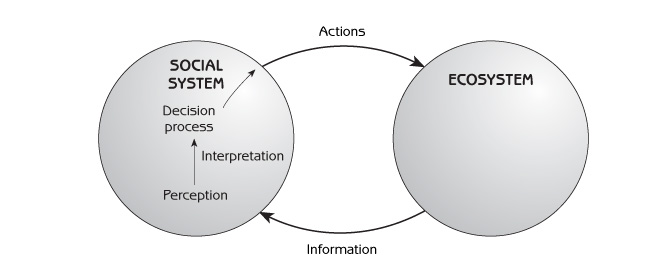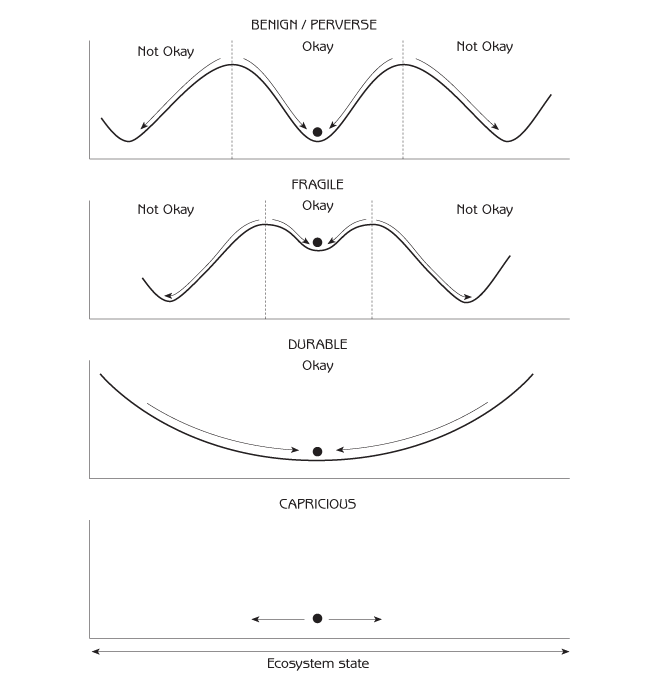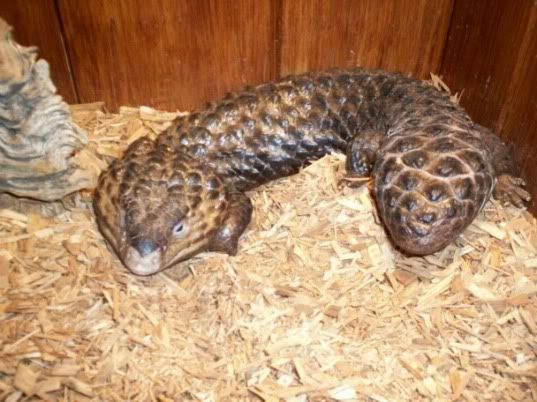












 Throughout my process, the form of my urban park took on a very fluid, continuous landscape, where different levels of ground graduated into each other providing different perspectives of the site. This, however, didn't seem to work in plan form.
Throughout my process, the form of my urban park took on a very fluid, continuous landscape, where different levels of ground graduated into each other providing different perspectives of the site. This, however, didn't seem to work in plan form.


Extreme height and slope can often inspire a sense of awe. "Vertical illusions in architecture are important features. Occupants experience space and transitions through them. Considerate attention should be given to how people might perceive verticals by not only focusing on the vertical itself, but by also designing the spatial functions from which they stem. After all, even vertical sloped transitions are anticipatory – needing designed space that prepares one for their experience."
"Steep escalators, for instance, may need to stem from a platform that can house more people; thus, making the incline appear less steep and less intimidating. Conversely, to create a great feeling of awe, architects may want to embed a vertical element that stems from a more confined space so as to squeeze one’s eye upward – perhaps this is a vertical solely meant for observation instead of travel."
SOURCE: http://sensingarchitecture.com/287/how-vertical-illusion-affects-perception-in-architecture/
PERCEPTION AND MEMORY ARCHITECTURE
"The successful realisation of building projects and urban planning strategies is dependent not on a single master-handed designer but rather a consortium of concerned interests. The architect’s job among all these players is to understand the goals of each and distill them into a building that not only satisfies programmatic functions but also imparts its users with symbolic meanings and somatic responses.
In his discussion of perception’s importance to an individual’s experiences within built and natural environments, Allen establishes a binary distinction between smooth spaces and striated spaces. The former is defined by a standard that is explicitly organised and overwhelmingly apparent in its expression, while the latter stands in contrast, defined by complexity and ambiguities in every direction. The dualism between smooth and striated spaces is manifest physically in two prime examples, the ocean (smooth, infinite horizon) and the major cities of the world (striated, hectic) which have a seemingly infinite scope of vertical striations and unique permutations within them.
Smooth seas or deserts are composed of a dominant line where water or mountain meets the sky, while striated cities are a great multitude of temporarily fixed and ever shifting points, the perception of which induces the sensation of parallax within the individual. The effect of this phenomenal accumulation of objects shifting constantly around us gives big cities their own frenetic energy, whereas the overwhelmingly simple dichotomy of water and sky in nature has the opposite effect, inducing feelings of serenity by reducing surroundings to two pure planes whose sheer scale assures their immutability to human intervention."



Stability domain diagrams for different perceptions of nature

Biologist and writer Janine Benyus notes that nature and natural processes follow 9 basic principles:
"Water has two major forces acting on it at the same time: its attraction to itself (which causes it to ball up) and adhesive forces (which cause it to stick to surfaces, pulling it down). Adhesive forces on water tend to be maximized on smooth surfaces, because the liquid-to-solid contact area is large. But because water and air are much less naturally adhesive than water and solids, roughened surfaces of certain microstructure tend to reduce adhesive force on water droplets, as trapped air in the interstitial spaces of the roughened surface result in a reduced liquid-to-solid contact area. This allows water's self-attraction to be expressed more fully, leading it to form a sphere."
"At the same time, due again to natural adhesion between water and solids, dirt particles on a leaf's surface stick to the water, like a rolled snowball that picks up leaves from your lawn. Since a ball rolls more easily than a flattened bump, the role of gravity now becomes significant: the slightest angle in the surface of the leaf (e.g., caused by a passing breeze) causes balls of water to roll off the leaf surface, carrying away the attached dirt particles - without the leaf having to expend any energy or use any harmful chemical detergents."
SOURCE: http://www.biomimicryinstitute.org/case-studies/how-nature-cleans.html
COLOUR CHANGE:
"Color changing plants need three things to survive and grow. The first is water which they absorb through their roots. The next necessity for a plant to survive is carbon dioxide which they absorb from the air much like we breathe in oxygen from the air. The third and final component is sunlight which plants use as a source of energy to convert the water and carbon dioxide into Glucose, a kind of sugar, which plants need to grow. Ultimately, the glucose is the food and the water, carbon dioxide and sunlight are the materials the plant needs to make that food."
"[It is] the leaves of a tree that turn sunlight into the needed energy to power their glucose manufacturing plant in a process known as photosynthesis. One of the chemicals that aids in the process of photosynthesis is chlorophyll. It’s also responsible for the green color common to leaves."
"As the days grow shorter and the nights grow longer, there’s a net loss of efficiency in a plant’s ability to photosynthesise. Basically, there’s just not enough light to effectively power the factory to make the glucose. Ultimately, the energy required to feed and maintain leaves that aren’t doing the tree much good in the winter is simply not worth the effort. The leaves are also vulnerable to freezing temperatures. Rather than work hard and expend energy to maintain low producing element, the tree is better off shedding its leaves and feeding on stored energy sources until the days grow longer again."
SOURCE: http://www.howdowhy.com/why-do-leaves-change-color-and-where-do-the-colors-come-from/
VEIN CIRCULATION:

Closed loop system - Leaf veination is used to transport water to all parts of the leaf. The big dot is a damage in the network e.g. where an insect has eaten. However, due to this network the flow isn't stopped, and can go everywhere in the network. This could be translated to building terms where the holes could be an obstruction or diversion in a pathway, and with a circulation system that follows a closed loop, the user may still continue on their journey.
LEAF FUNCTION:"Leaves are the powerhouse of plants. In most plants, leaves are the major site of food production for the plant. Structures within a leaf convert the energy in sunlight into chemical energy that the plant can use as food. Chlorophyll is the molecule in leaves that uses the energy in sunlight to turn water (H2O) and carbon dioxide gas (CO2) into sugar and oxygen gas (O2). This process is called photosynthesis."
LEAF STRUCTURE:
"A leaf is made of many layers that are sandwiched between two layers of tough skin cells (called the epidermis). The epidermis also secretes a waxy substance called the cuticle. These layers protect the leaf from insects, bacteria, and other pests. Among the epidermal cells are pairs of sausage-shaped guard cells. Each pair of guard cells forms a pore (called stoma; the plural is stomata). Gases enter and exit the leaf through the stomata.
Most food production takes place in elongated cells called palisade mesophyll. Gas exchange occurs in the air spaces between the oddly-shaped cells of the spongy mesophyll.
Veins support the leaf and are filled with vessels that transport food, water, and minerals to the plant."
SOURCE: http://www.enchantedlearning.com/subjects/plants/leaf/
LEAF STRUCTURE




![[butterfly-2.jpg]](https://blogger.googleusercontent.com/img/b/R29vZ2xl/AVvXsEid5b7E6BYjpUwnrkCVU8D7MeoHER7PF-q9T_JdSRUNe1zc7jAapCV1-QRmY3W5ze_ly5n2gjL0JvyG0yBGsG6JXlRVeZEs1_t6GeCHs7WszuNG-cvPTYCevUFeZi54fhTHqHMvjflm5GaW/s1600/butterfly-2.jpg)
![[threehornedchameleoncamoufl.jpg]](https://blogger.googleusercontent.com/img/b/R29vZ2xl/AVvXsEi0ERDD3jFC2IAgRLSyu-7ZiiM8Vbmy5IT-b6LpNG5SW4ZEt8XiKXisKz65-AKy5azgb5wOKxjj-48Z_DxQXjQ4Bwp3GdlGHearjVjCcV3AT_uWpjYAJfOjwM8bFZc8oRdCkN3BzRSsXMIY/s1600/threehornedchameleoncamoufl.jpg)
